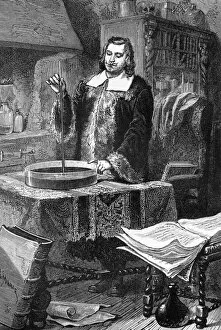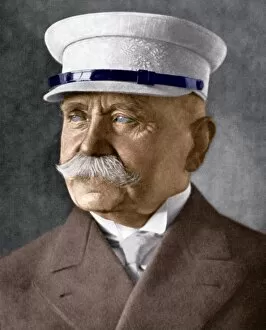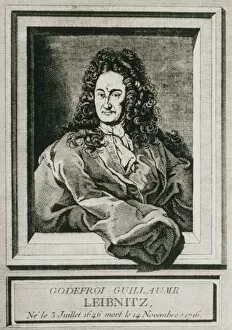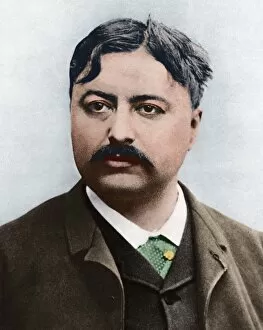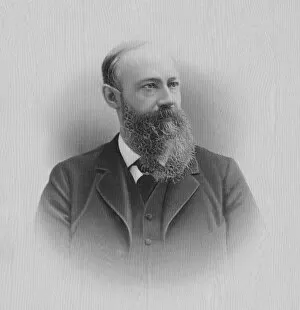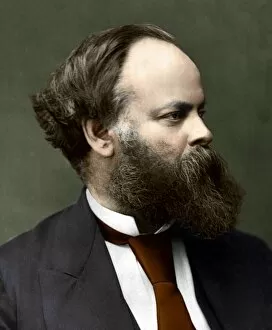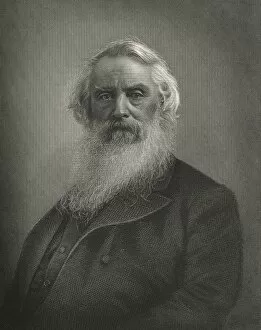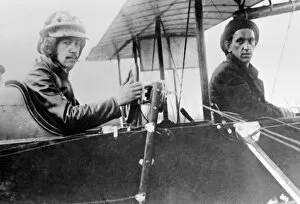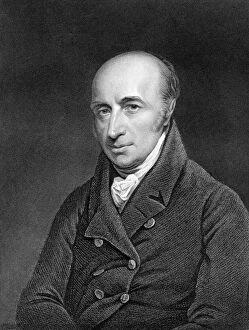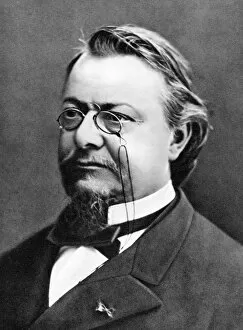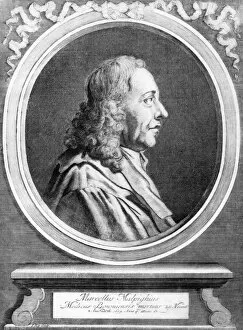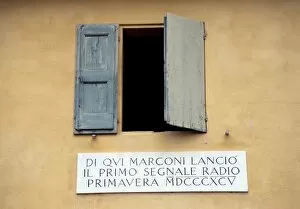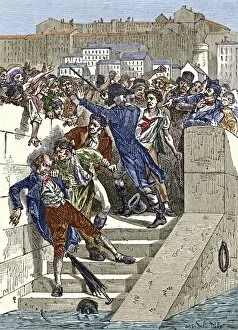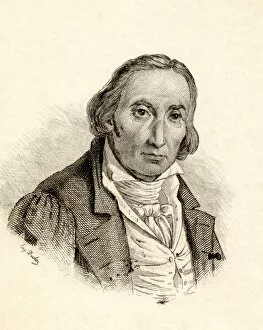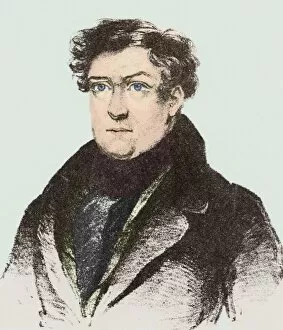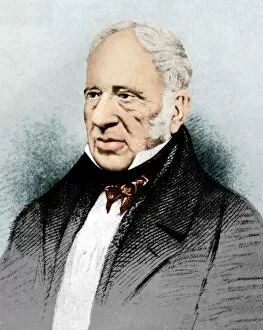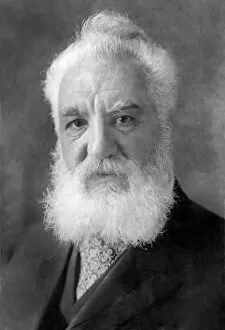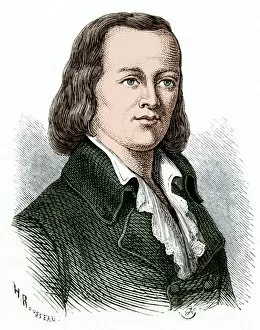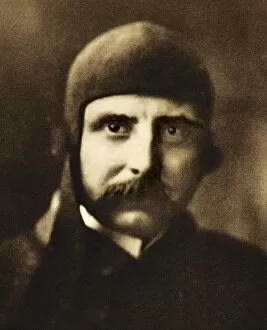Inventor Collection (#85)
"Inventors: Masters of Innovation and Vision" Step into the realm of inventors, where brilliance meets imagination
For sale as Licensed Images
Choose your image, Select your licence and Download the media
"Inventors: Masters of Innovation and Vision" Step into the realm of inventors, where brilliance meets imagination. From the enigmatic Nikola Tesla, with bolts of electricity discharging in his lab, to the young Sir Isaac Newton captured in a timeless portrait from 1689, these visionaries have shaped our world. Isambard Kingdom Brunel stands proudly before the launching chains of the Great Eastern, a testament to his engineering prowess. R. J. Mitchell's genius shines through as he designs iconic aircraft like the Spitfire and flying boats that revolutionize aviation. John Moses Browning's innovative mind brings forth groundbreaking firearms technology while Dmitri Mendeleev's caricature showcases his pioneering work on the periodic table. In 1899, Nikola Tesla himself radiates an aura of ingenuity that would forever change how we harness electricity. The Count of St Germain, a French alchemist known for his mysterious abilities, adds an air of intrigue to this collection. Dr William Gilbert demonstrates his experiment on electricity to Queen Elizabeth I – a momentous occasion that paved the way for future discoveries. Lastly, Leonardo da Vinci graces us with a vibrant color portrait from 1490; an artist whose inventive spirit transcended disciplines. These inventors embody curiosity and determination; their contributions continue to shape our present and inspire generations yet unborn. They remind us that innovation knows no bounds – it is born out of passion and nurtured by relentless pursuit, and are dreamers who dare to challenge convention and redefine what is possible. Their legacy lives on in every invention we encounter today - they are beacons guiding humanity towards progress.

